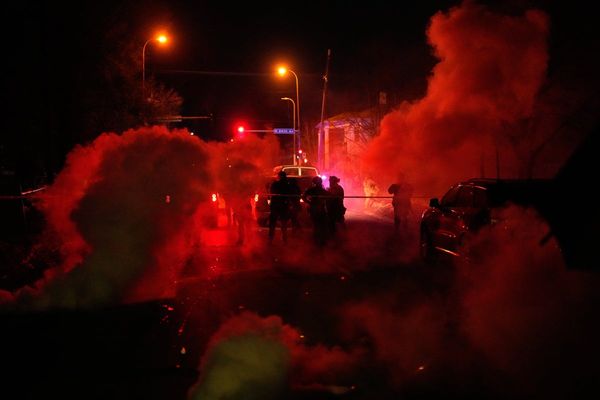
Two US astronauts who blasted into space for an eight-day mission in June may be stuck on the International Space Station until next year if their Boeing Starliner cannot be repaired for them to return home, Nasa has said.
Nasa officials on Wednesday said astronauts Butch Wilmore and Suni Williams, who became the first crew to fly Boeing’s Starliner capsule, could return on SpaceX’s Crew Dragon in February 2025 if Starliner is still deemed unsafe to return to Earth.
The US space agency has been discussing potential plans with SpaceX to leave two seats empty on an upcoming Crew Dragon launch, which itself was delayed by a month on Tuesday, as Nasa and Boeing work out how to bring the astronauts home.
The astronauts’ test mission on 5 June, initially expected to last about eight days on the station, has been drawn out by issues on Starliner’s propulsion system that have increasingly called into question the spacecraft’s ability to safely return them to Earth as planned.
A Boeing spokesperson said if Nasa decides to change Starliner’s mission, the company “will take the actions necessary to configure Starliner for an uncrewed return.”
Using a SpaceX craft to return astronauts that Boeing had planned to bring back on Starliner would be a major blow to an aerospace giant that has struggled for years to compete with SpaceX and its more experienced Crew Dragon.
Starliner has been docked to the ISS for 63 of the maximum 90 days it can stay, and it is parked at the same port that Crew Dragon will have to use to deliver the upcoming astronaut crew.
The SpaceX Crew-9 launch was initially scheduled for mid-August. Nasa now says the mission will launch after 24 September.
Boeing said in July that after rigorous ground tests, engineers pinpointed issues within the Starliner, including the abrupt malfunction of thrusters and helium leaks.
In a 2 August statement, the company said its “confidence remains high in Starliner’s return with crew”.
Recent reports had suggested there was more conflict behind the scenes between Nasa and Boeing leaders. Some of the agency’s leaders had appeared to question whether the Starliner should bring Williams and Wilmore back.
A meeting this week of Nasa’s Commercial Crew Program, which oversees Starliner, ended with some officials disagreeing with a plan to accept Boeing’s testing data and use Starliner to bring the astronauts home, officials said during the news conference on Wednesday.
“We didn’t poll in a way that led to a conclusion,” Commercial Crew Program chief Steve Stich said.
“We heard from a lot of folks that had concerns, and the decision was not clear,” Ken Bowersox, Nasa’s space operations chief, added.
A Boeing executive was not at the Wednesday press conference.
Space experts told the Guardian it was not unusual or unexpected for an experimental spaceflight to develop issues.
“It’s defined as a test mission, it’s called a crewed test flight, and one of its things is to deal with unplanned issues,” said Jerry Stone, senior associate of the Space Studies Institute and author of One Small Step.
But the stakes are high for Boeing, which has been battling a PR crisis for the last few years over its aircraft.
At the company’s last press conference about the Starliner, Mark Nappi, Boeing’s commercial crew program manager, said he regretted being so “emphatic” about how the mission would last only eight days.
“It’s my regret that we didn’t just say we’re going to stay up there until we get everything done that we want to go do,” Nappi said.
Boeing’s testing so far has shown that four of Starliner’s jets had failed in June because they overheated and automatically turned off, while other thrusters re-fired during tests appeared weaker than normal because of some restriction to their propellant.
Reuters contributed to this report







